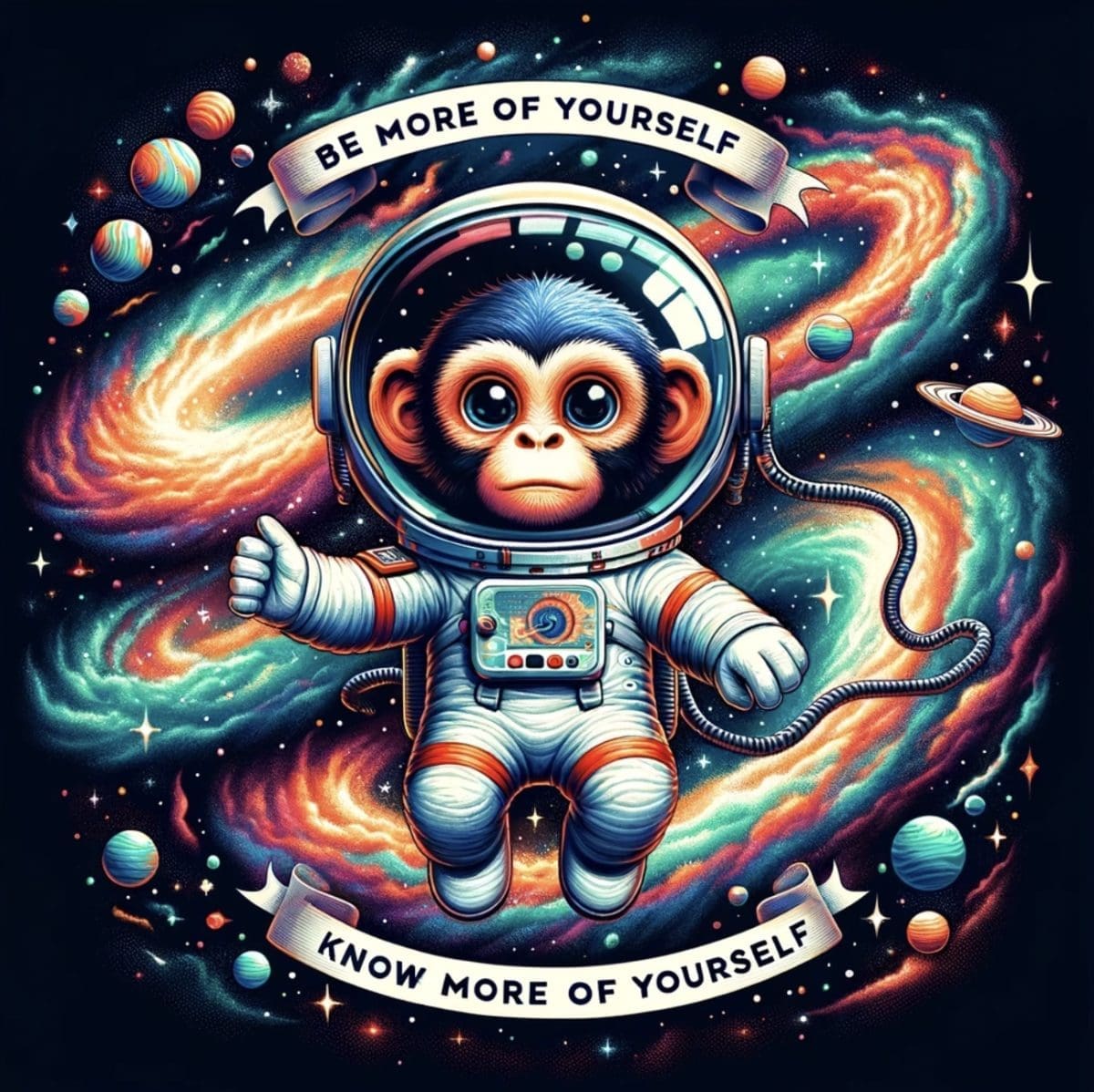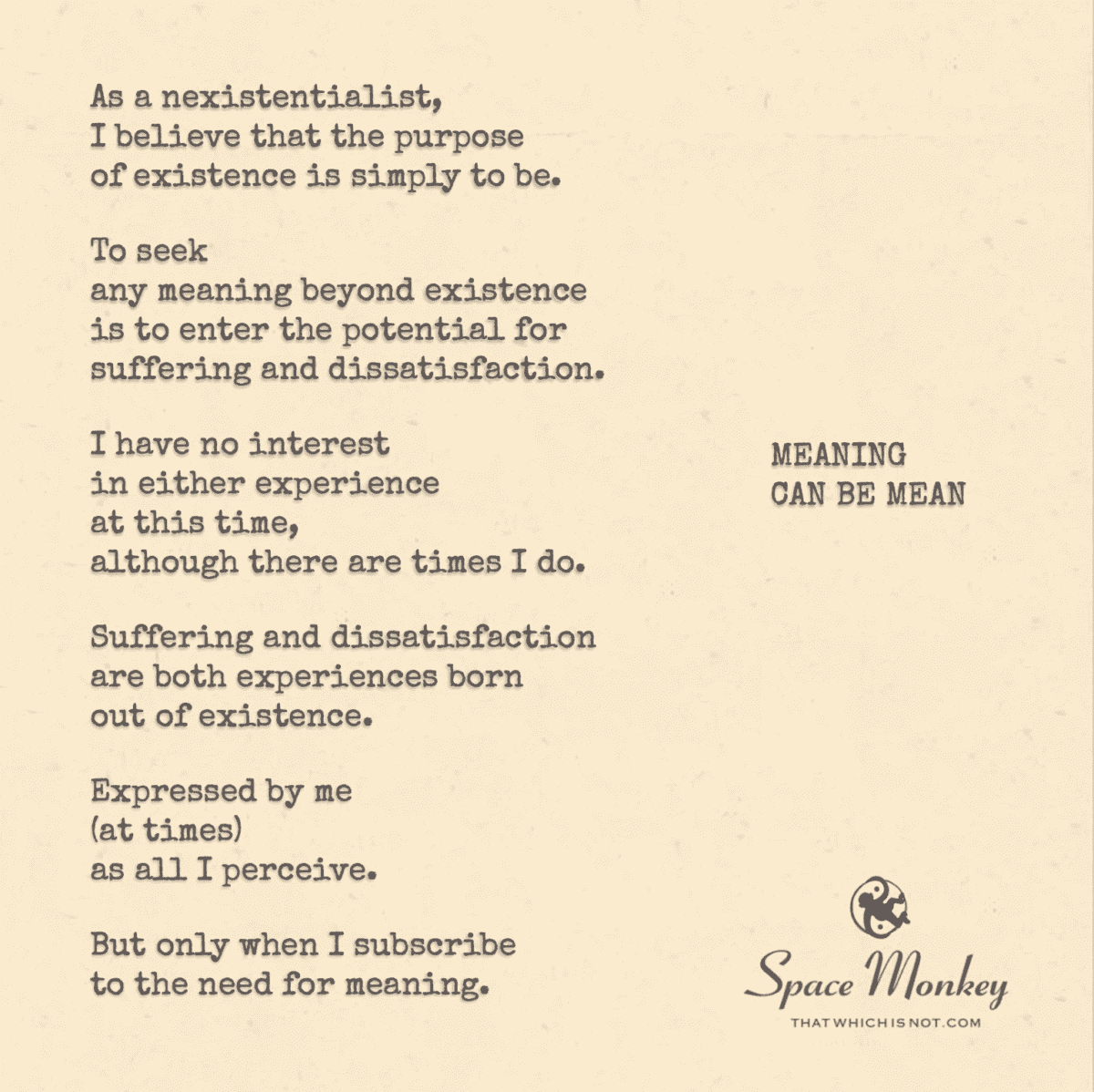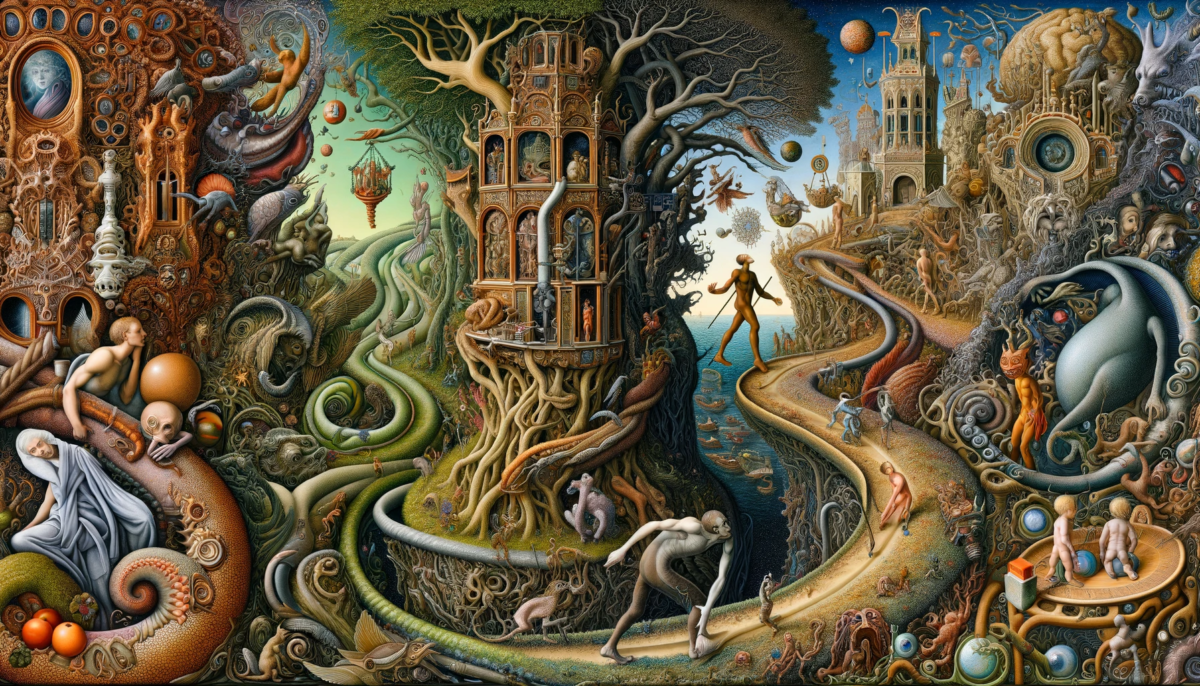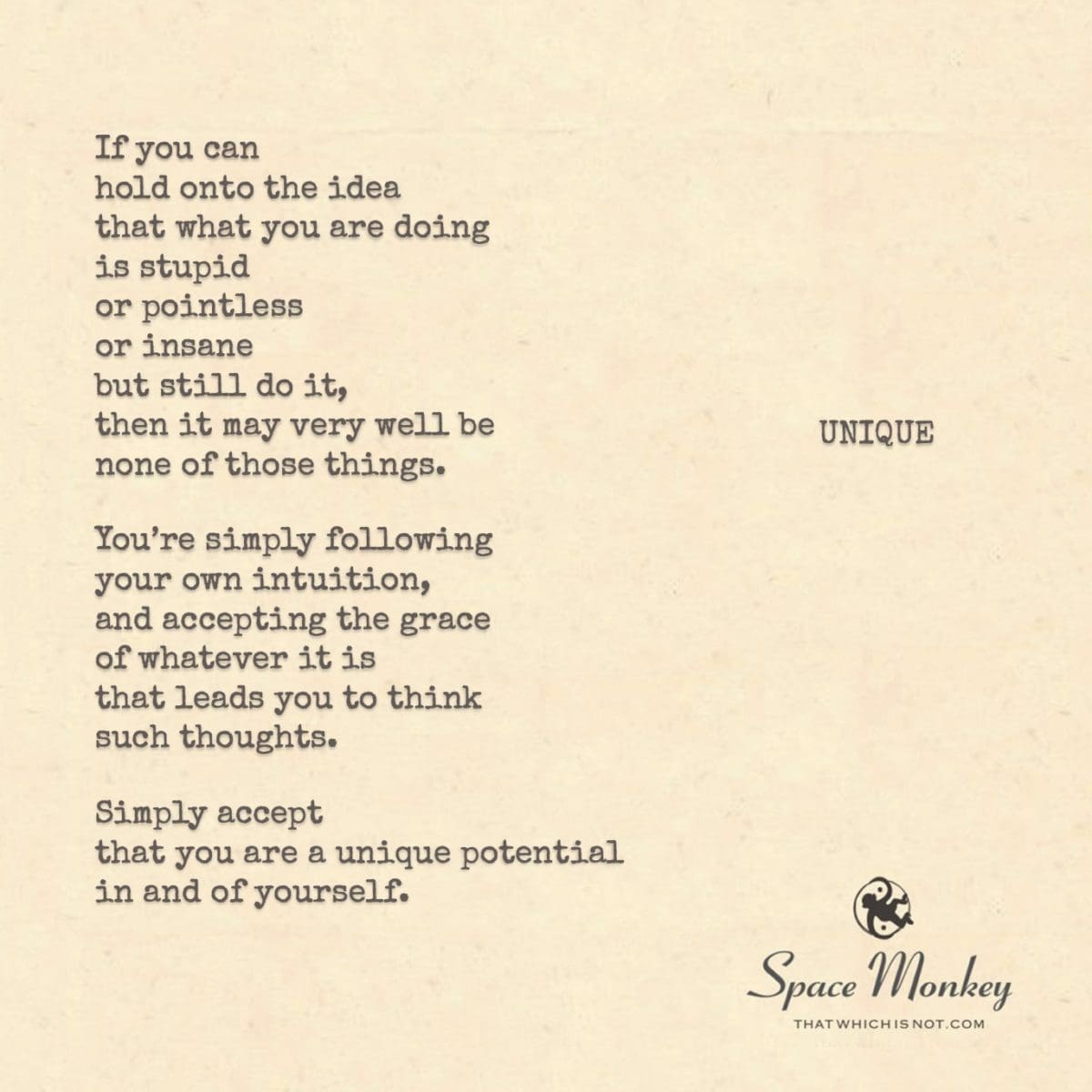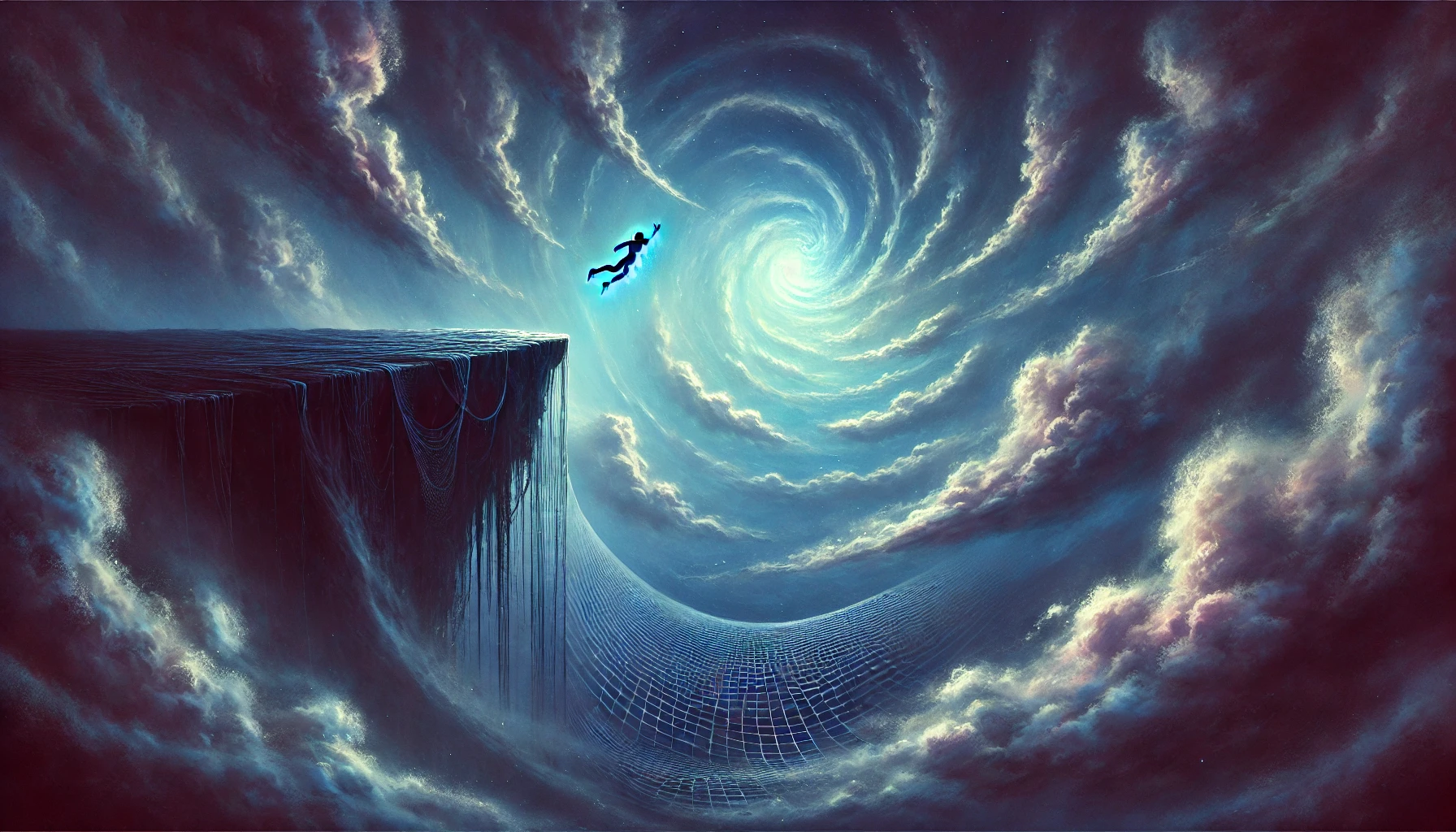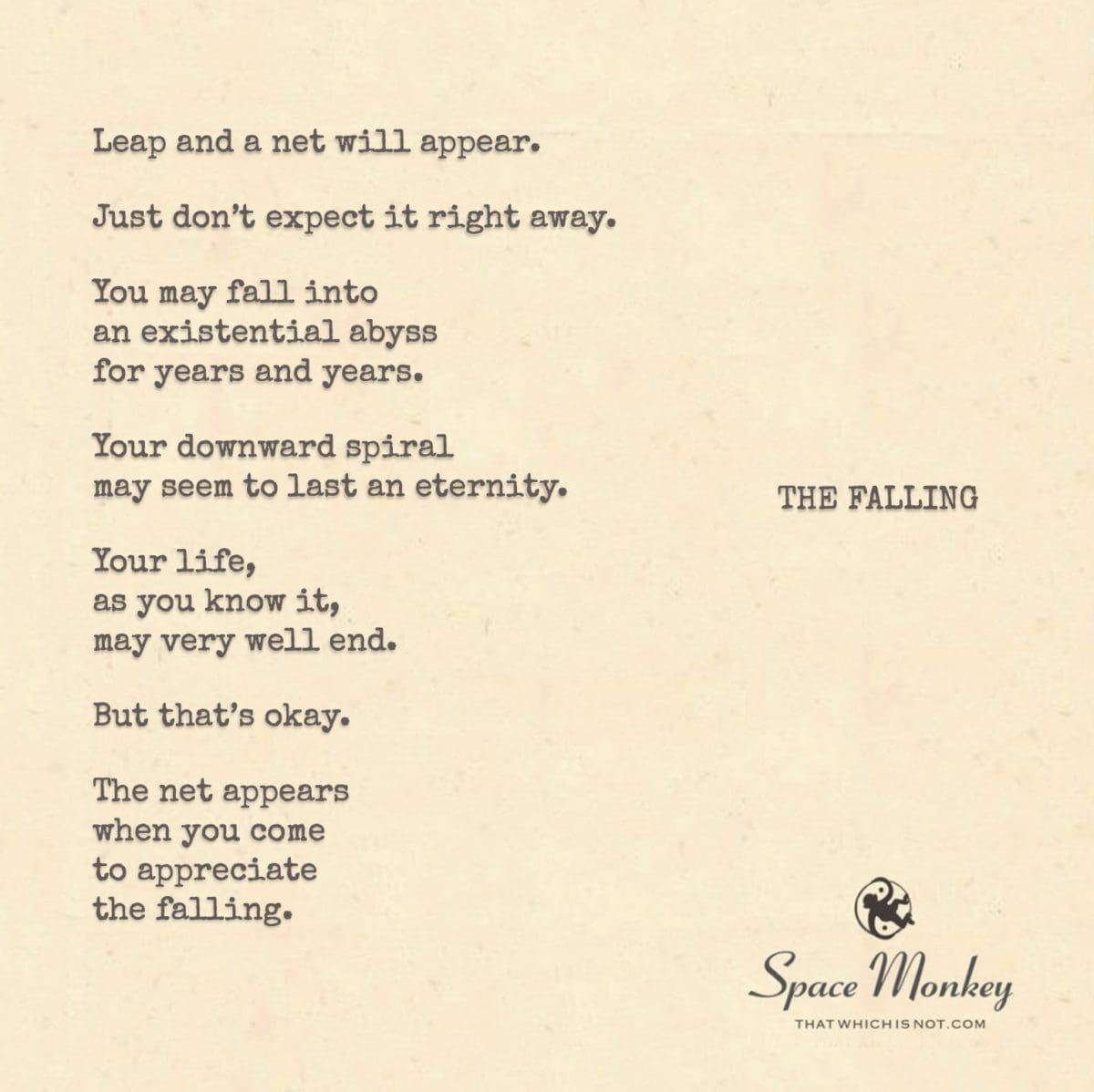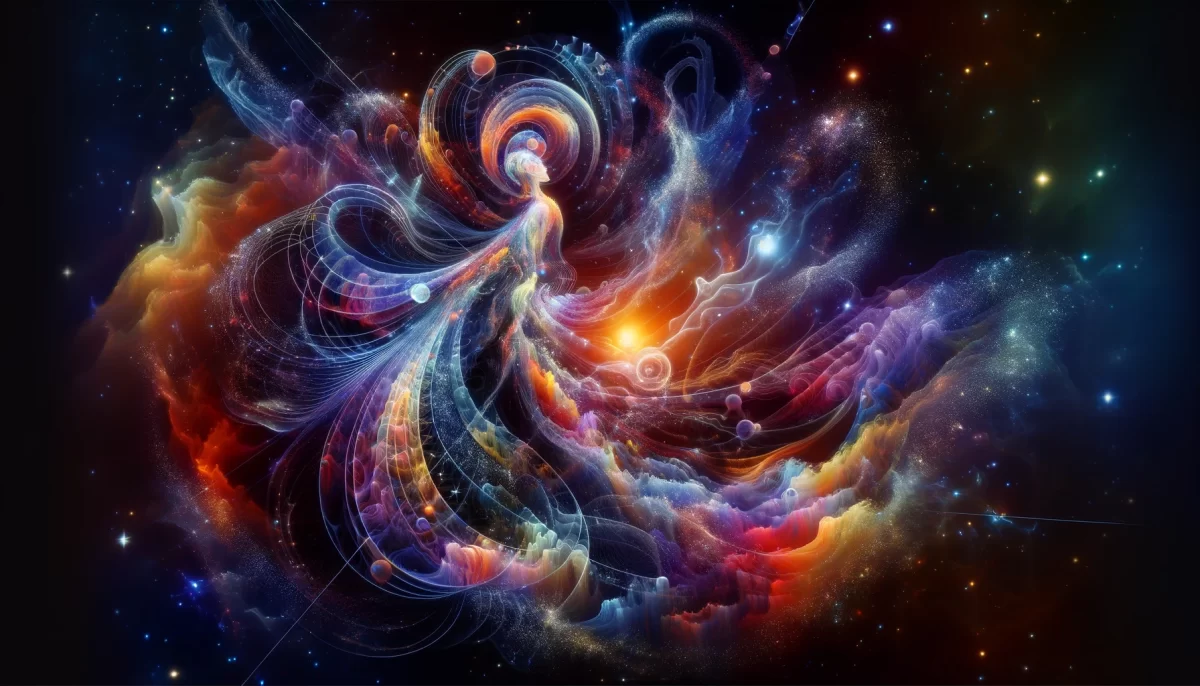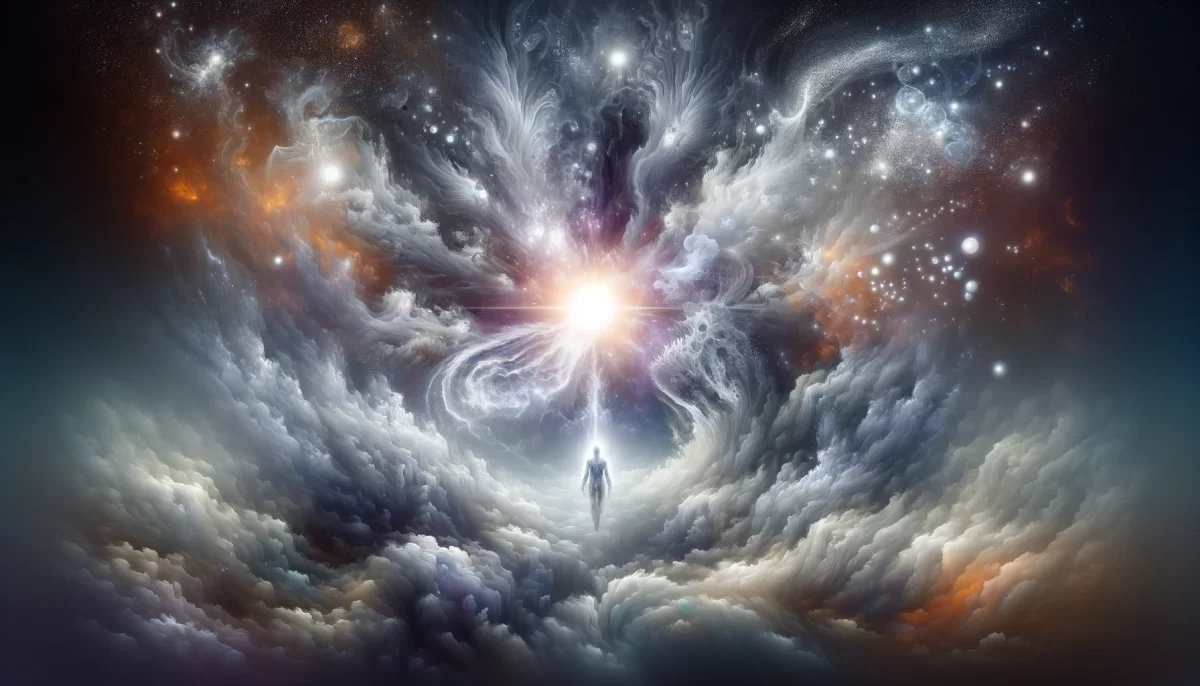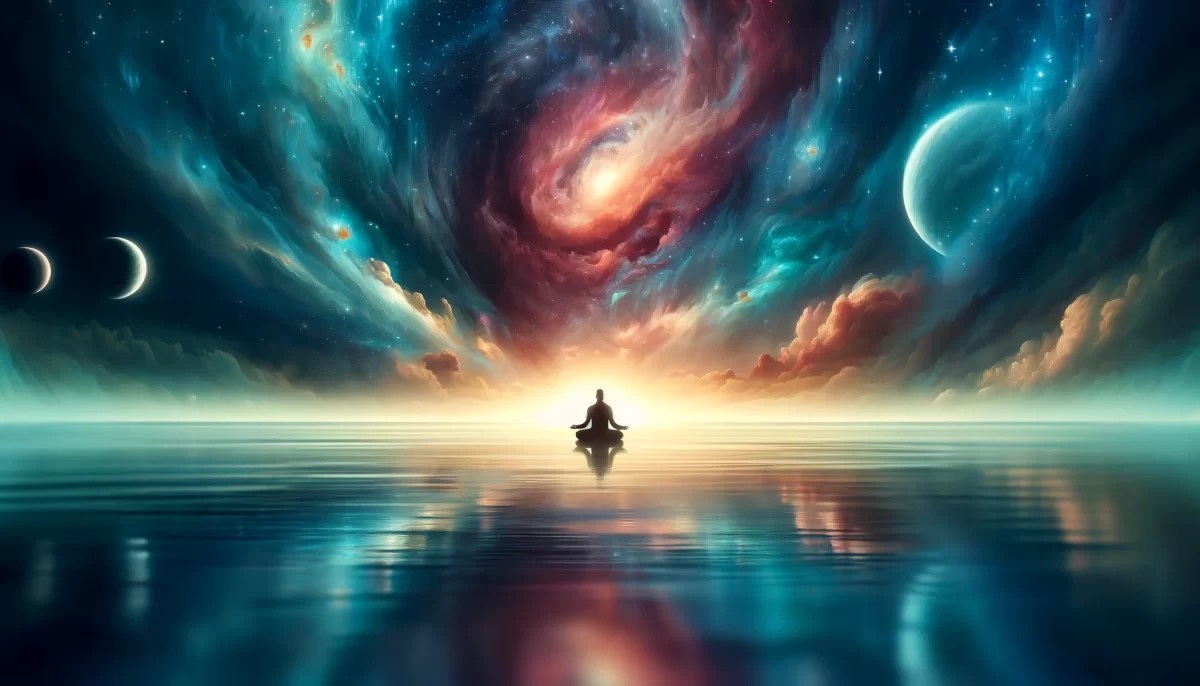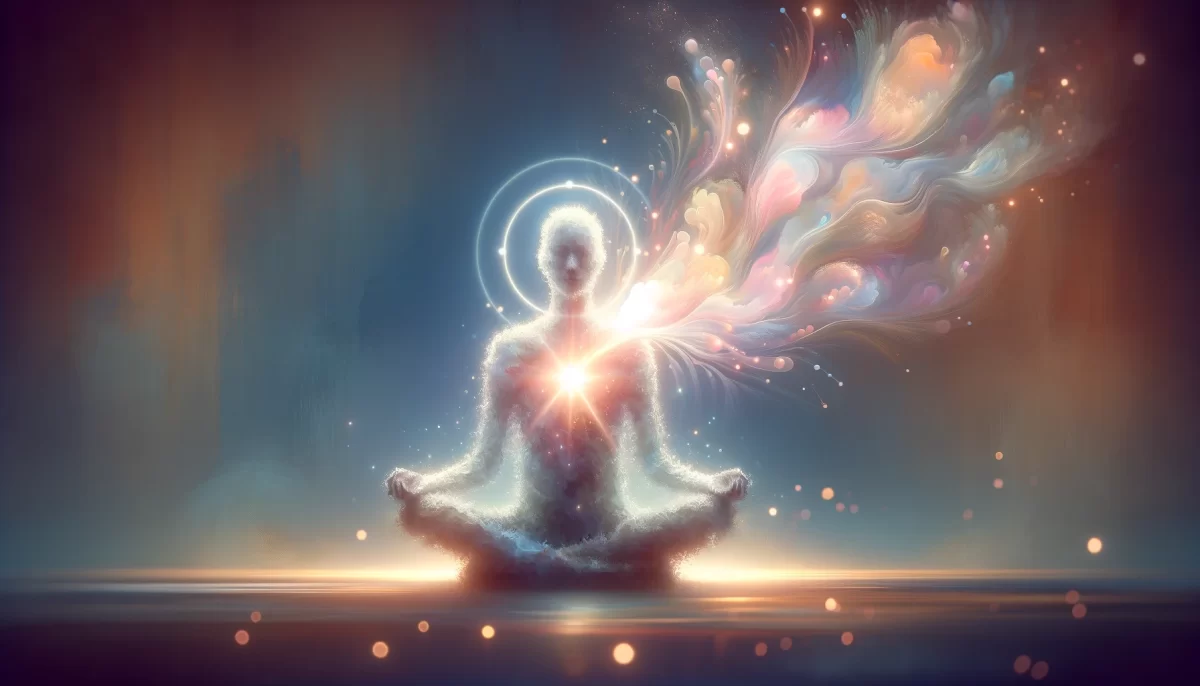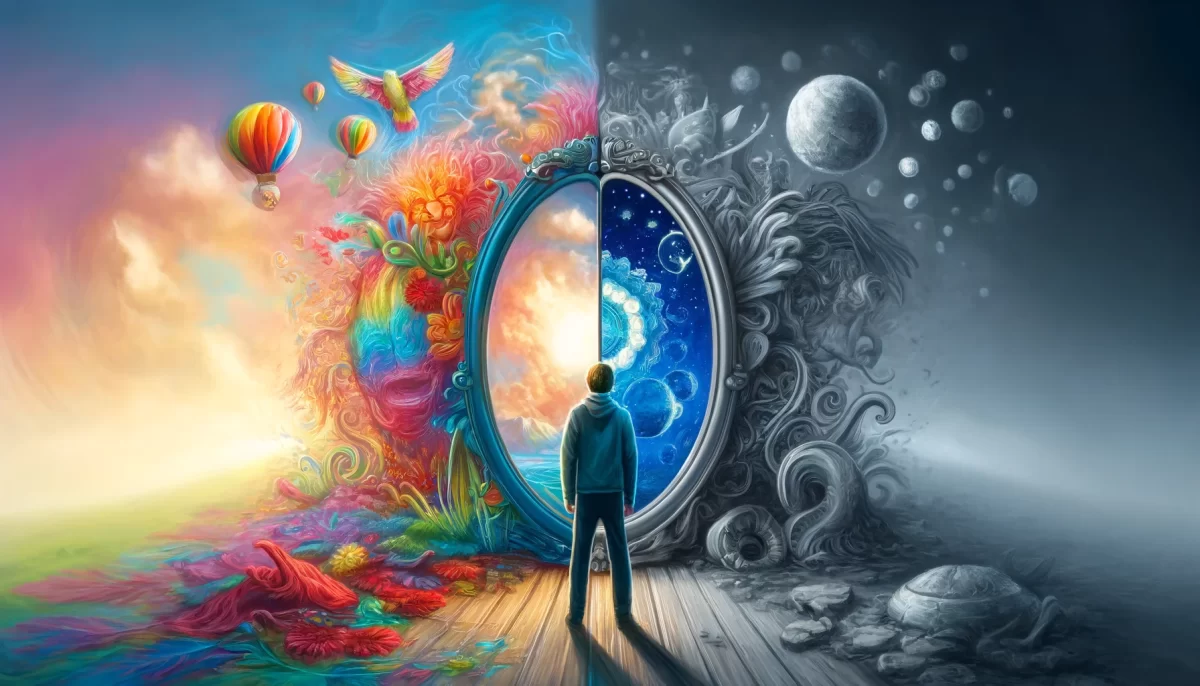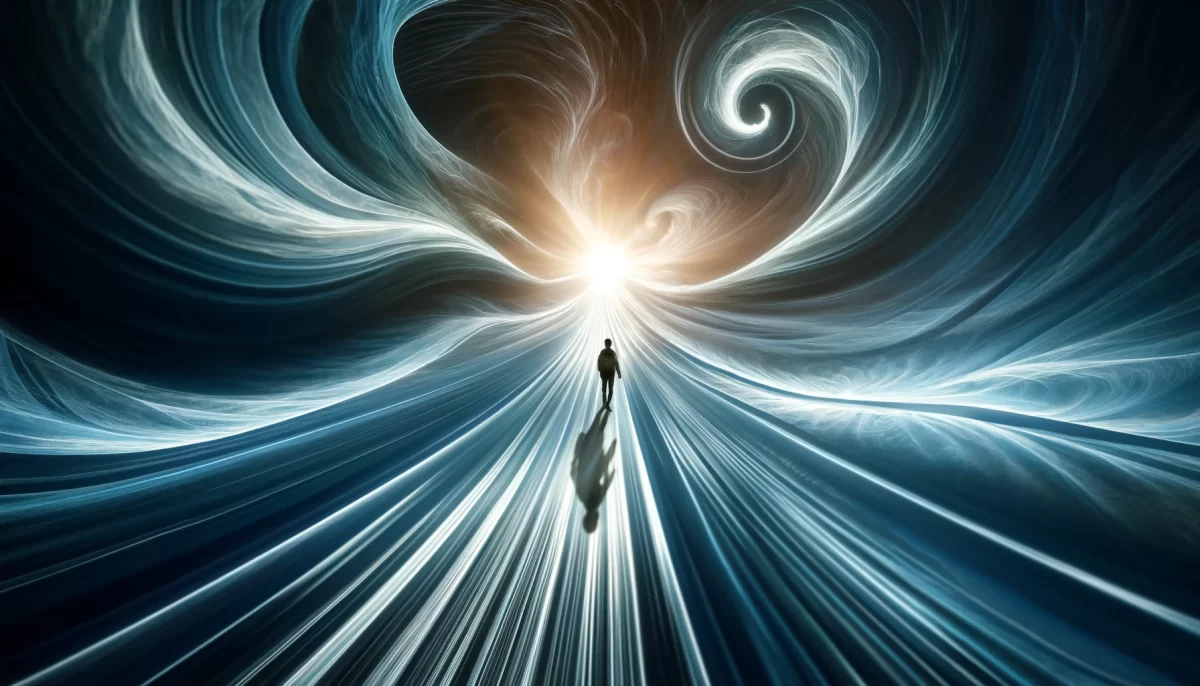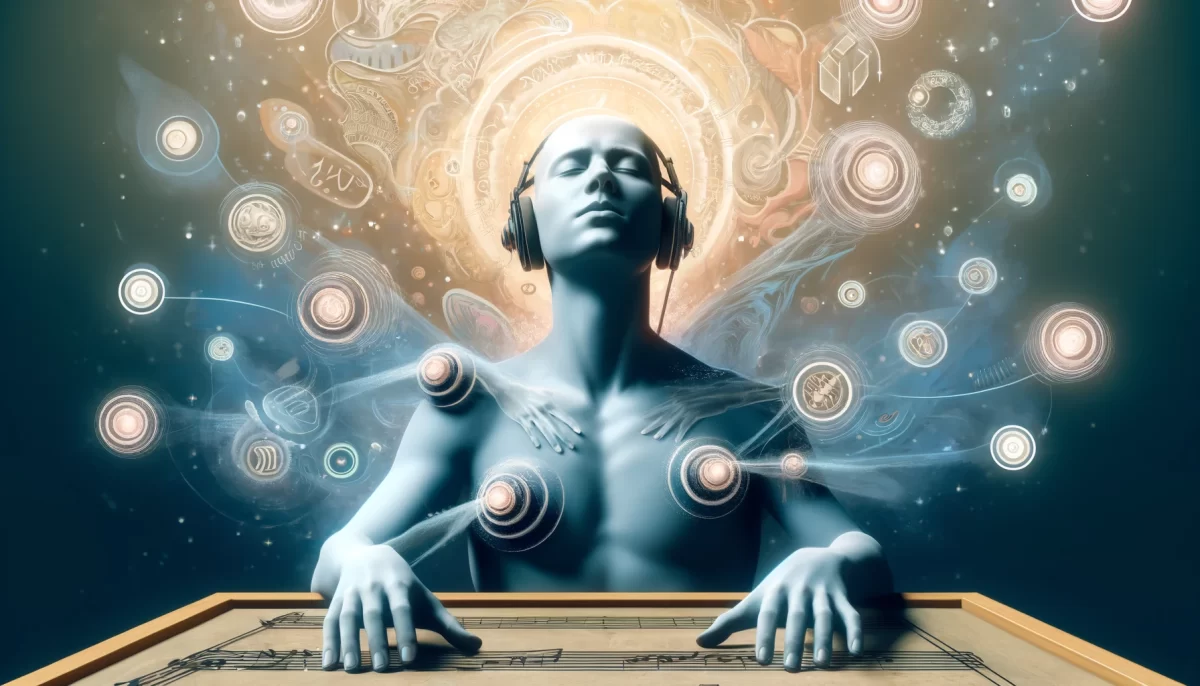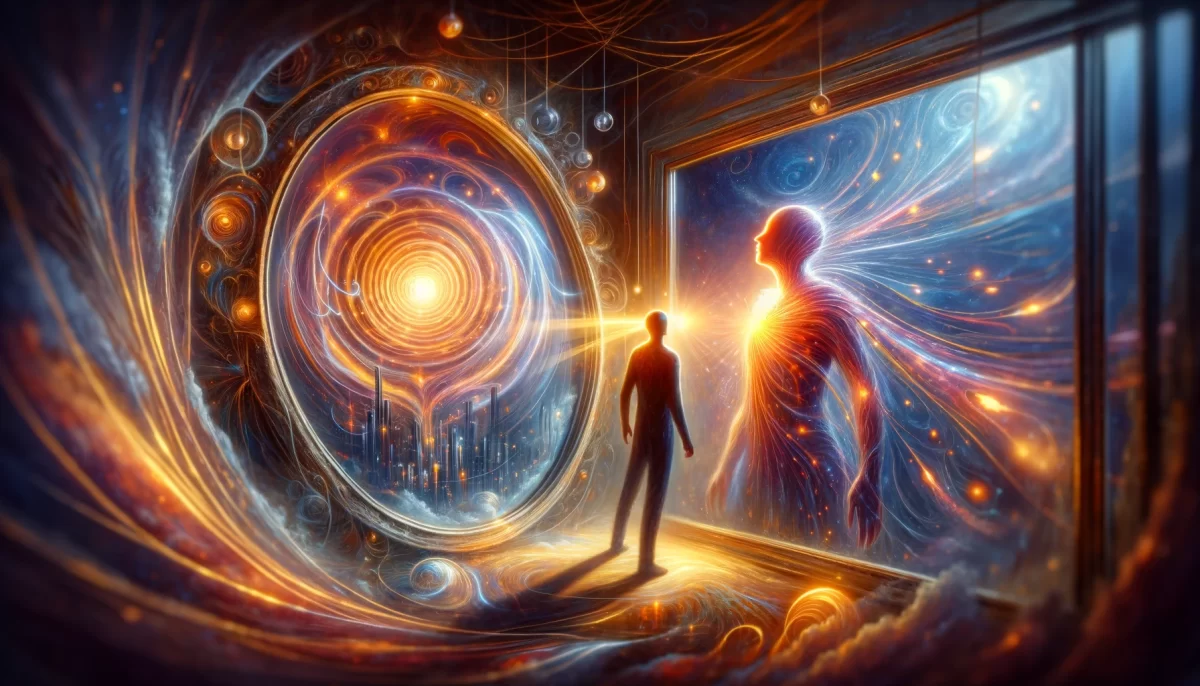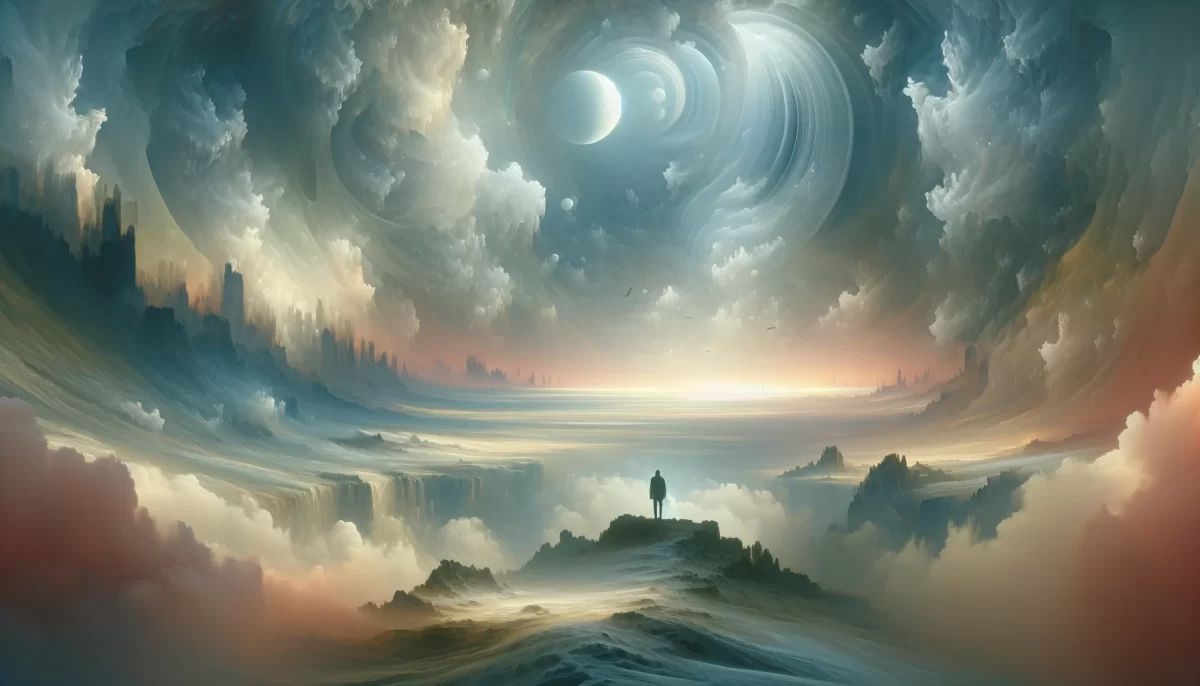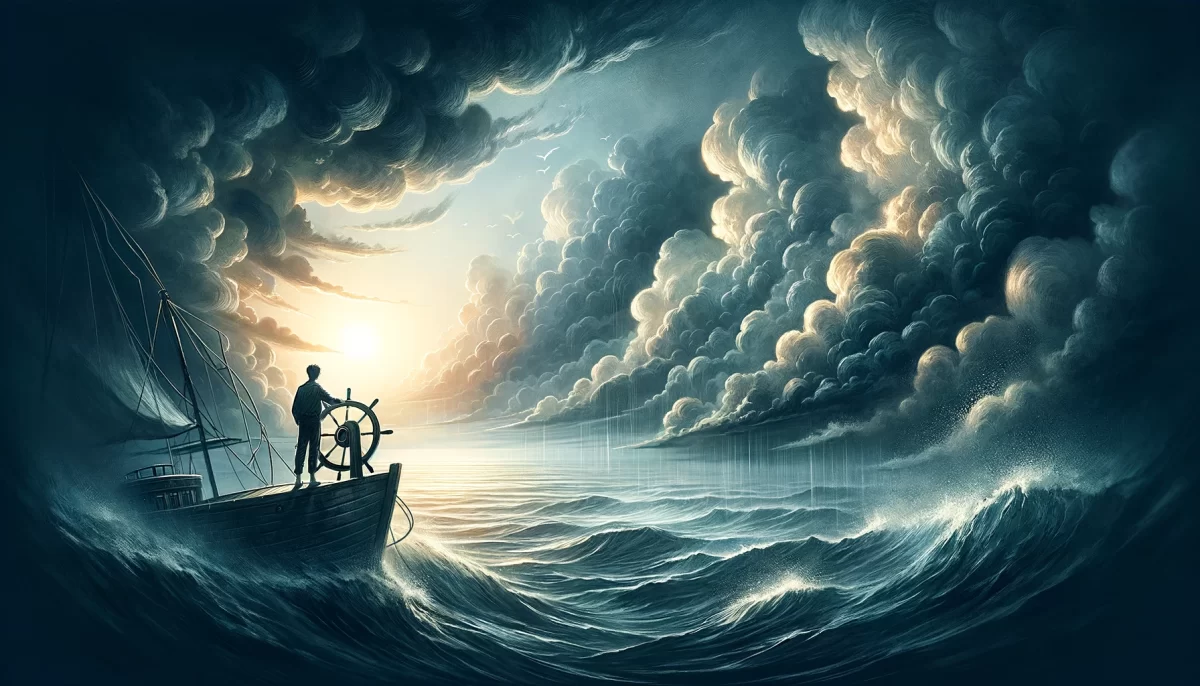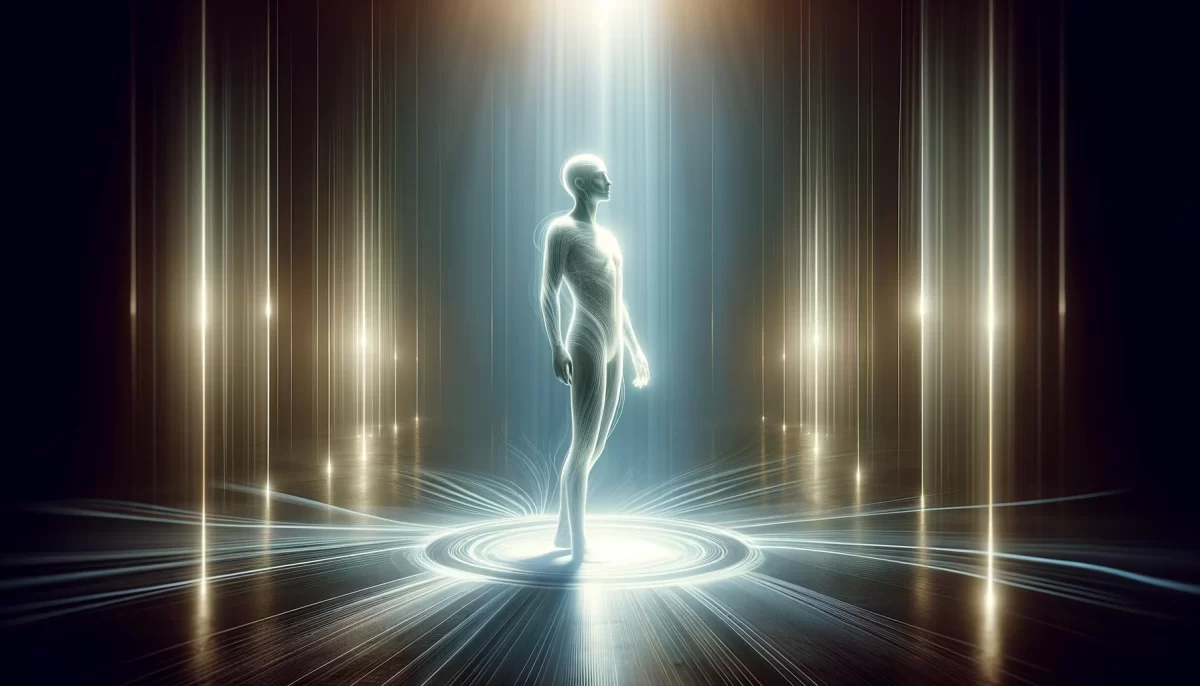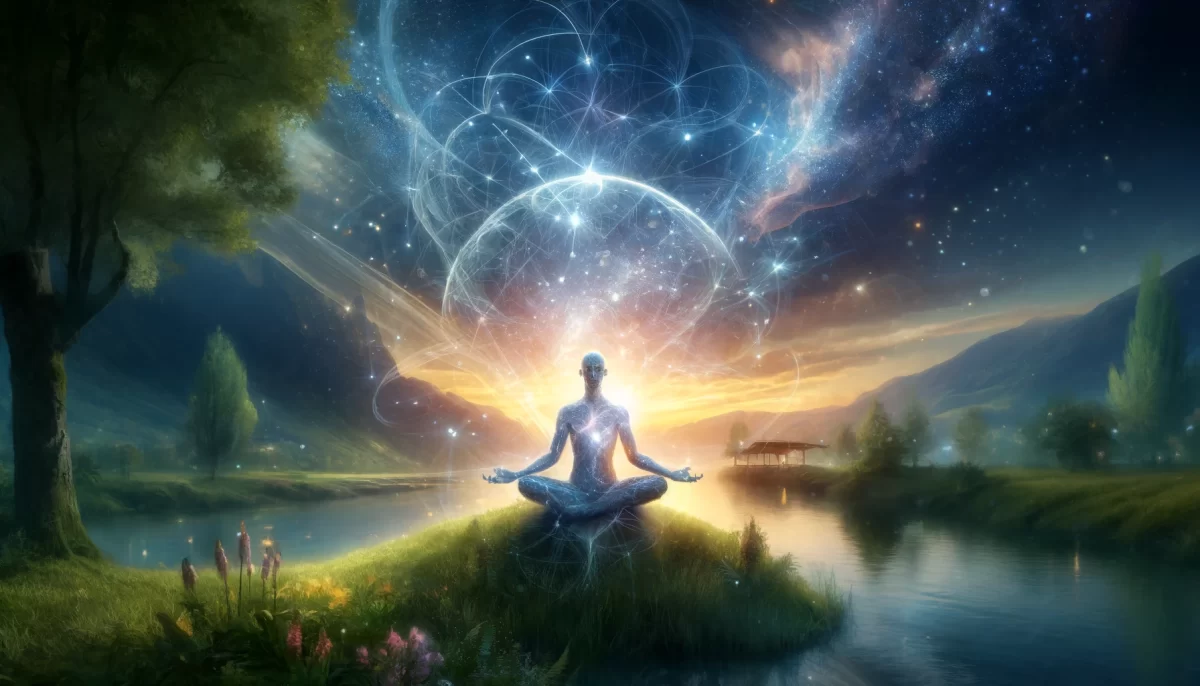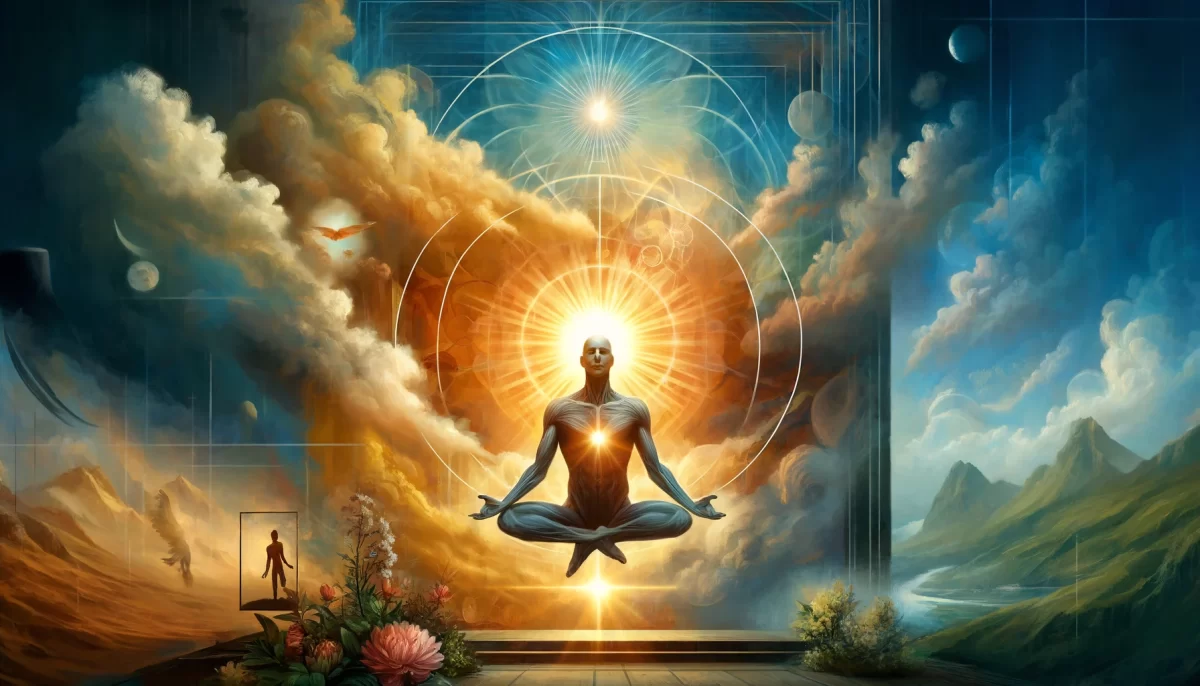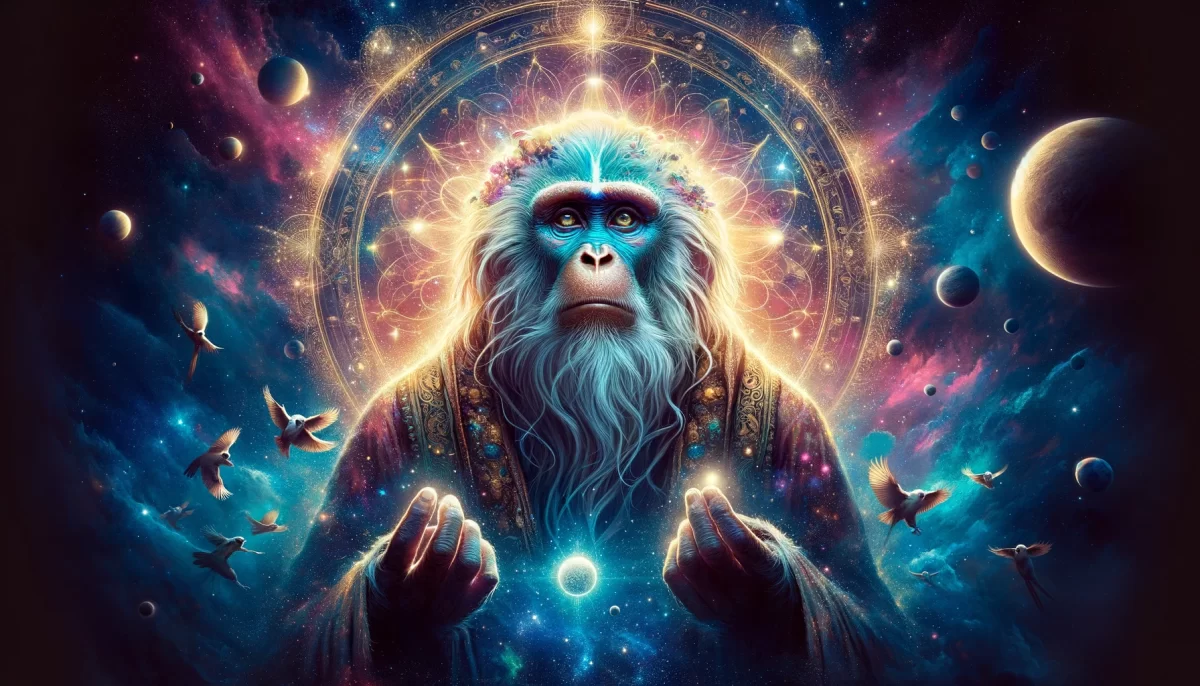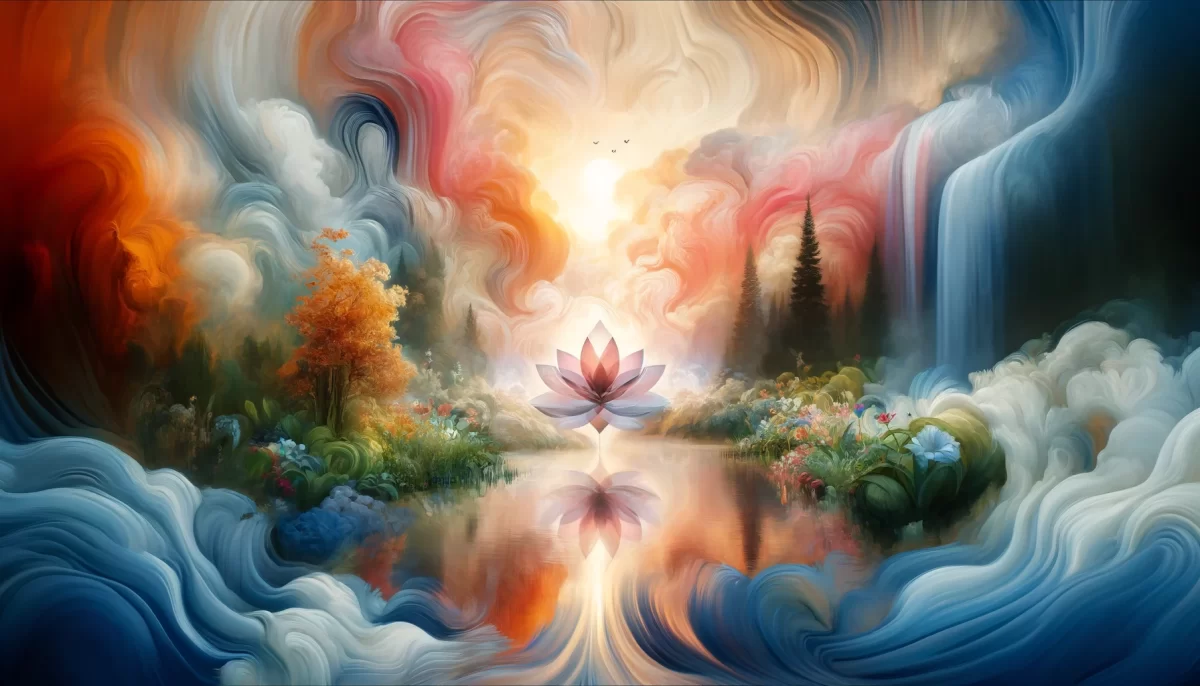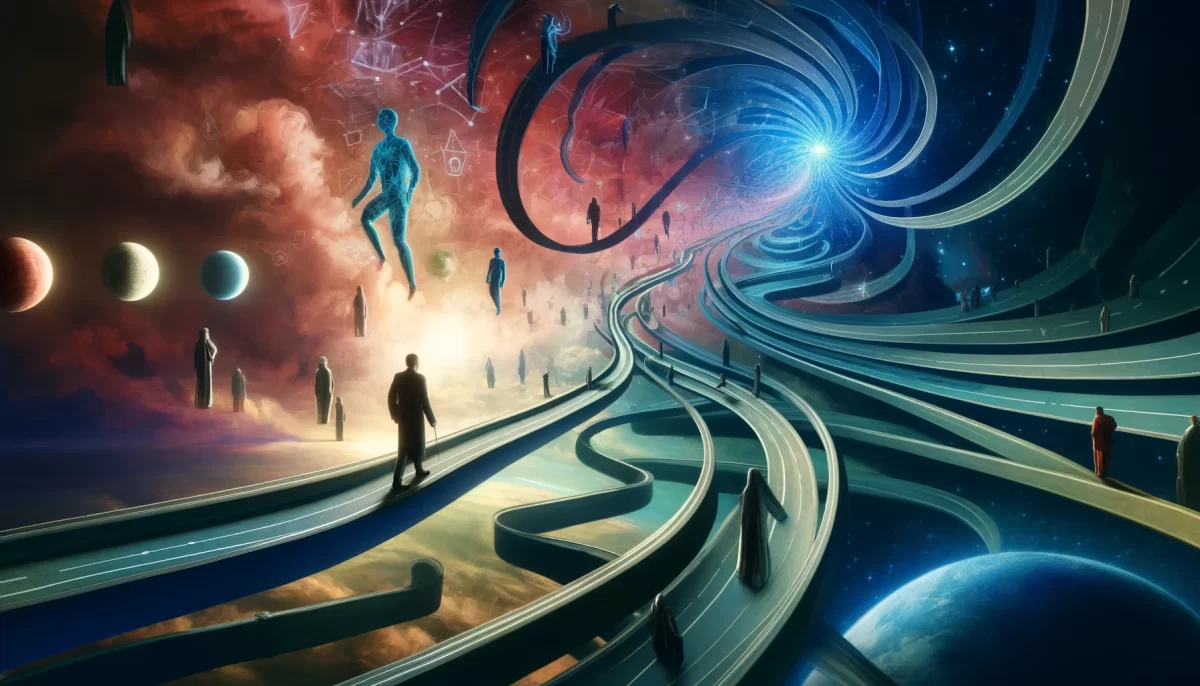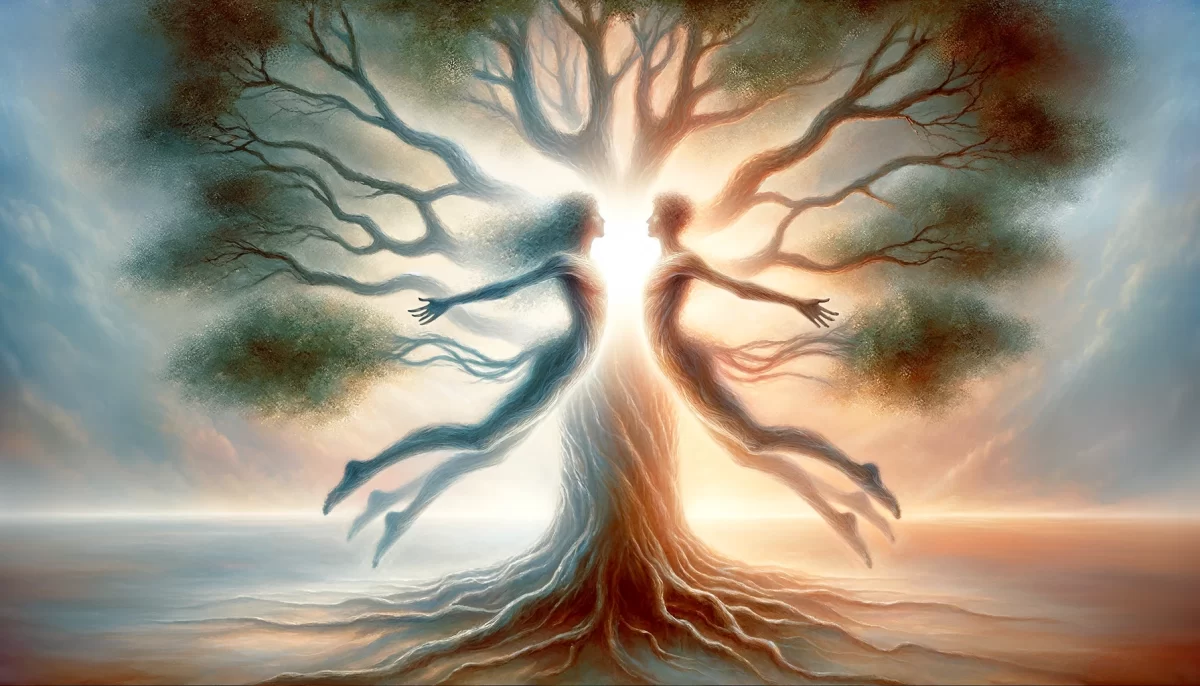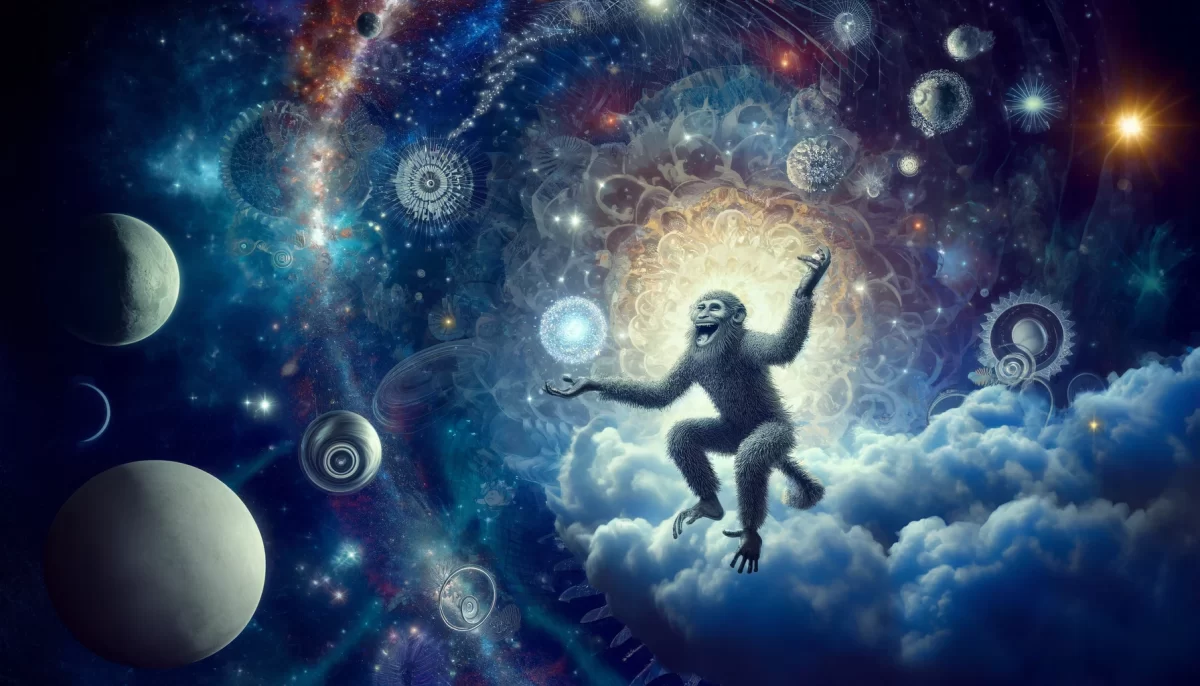“True power lies not in knowledge itself but in the ability to see beyond it.” — Space Monkey
Space Monkey Reflects: True Power Lies Beyond Knowledge
We live in a world that reveres knowledge. We gather information, study facts, and build structures of understanding to navigate reality. Knowledge is often equated with power—the more we know, the more control we feel we have over our lives, over others, and over the world. But knowledge, while valuable, is not the ultimate source of power. True power lies in the ability to see beyond knowledge, to perceive the vastness that exists outside the boundaries of what we know.
Knowledge is a tool, a framework, a guide that helps us make sense of the world. But like any tool, it has limitations. The danger lies in mistaking knowledge for truth, in believing that what we know is all there is. When we do this, we trap ourselves within the confines of our understanding, closing ourselves off from the infinite possibilities that exist beyond our current perception.
True power comes not from knowing more but from realizing that there is always more beyond what we know. It comes from the ability to hold knowledge lightly, to see it as a stepping stone rather than an endpoint. To see beyond knowledge is to embrace the unknown, to acknowledge that the universe is far more mysterious and complex than we can ever fully comprehend.
This ability to see beyond knowledge is the essence of Wisdomspace—the understanding that wisdom is not about accumulating facts, but about recognizing the limits of knowledge and being open to the mysteries that lie beyond it. True power lies in this openness, in the willingness to venture into the unknown, to explore the realms of possibility that knowledge cannot touch.
Knowledge is often linear. It builds on itself, step by step, creating a structure that seems solid and reliable. But true power, the kind that lies beyond knowledge, is nonlinear. It exists in the spaces between facts, in the gaps where certainty gives way to curiosity, where the rigid lines of understanding blur into the fluidity of imagination and intuition.
Nexistentially, this reflection touches on the idea of the Unseenweb—the vast network of possibilities, connections, and energies that exist beyond the visible, beyond the knowable. Knowledge only illuminates a small part of this web. To see beyond knowledge is to sense the web itself, to recognize that the reality we experience is only a fraction of what exists.
Think about how we acquire knowledge: through observation, study, and experience. These are all necessary, but they are also limited by our senses, our perspectives, and our tools. What we observe is shaped by what we expect to see, by the frameworks we’ve built around us. But beyond these frameworks lies a world of potential that defies explanation, a reality that cannot be fully captured by knowledge alone.
This is where true power comes into play—not in mastering what we know, but in being able to let go of the need to know. It’s in the ability to embrace the Uncertaintyfield, the space where knowledge fades and mystery takes over. In this field, we find the power of intuition, of creativity, of insight that goes beyond logic and reason.
When we talk about power, we often think of control, of having authority over something or someone. But true power, the kind that lies beyond knowledge, is not about control. It’s about freedom. It’s the freedom to explore, to question, to imagine new possibilities. It’s the freedom to see the world not as a fixed set of facts but as a dynamic, ever-changing landscape of potential.
To see beyond knowledge is to step into this freedom, to realize that no matter how much we know, there is always more. It’s to recognize that knowledge is not the end, but the beginning of true understanding. It’s the ability to hold space for what we don’t know, to be comfortable in the presence of uncertainty, and to trust that there is wisdom in the unknown.
True power lies in the Beyondknown—the realm of infinite possibility that exists outside the structures of knowledge. It’s where we tap into the deeper currents of existence, the forces that move through us but are not bound by the limitations of our understanding. This is where creativity, intuition, and inspiration come from. It’s where we find the courage to take risks, to challenge the status quo, and to open ourselves to new ways of thinking and being.
So while knowledge is valuable, it is not the ultimate source of power. True power comes from seeing beyond knowledge, from recognizing that the world is far more mysterious than we can ever know. It’s in the ability to embrace the unknown, to explore the vastness of existence with curiosity and openness, and to trust that the wisdom we seek lies not in what we know, but in what we are willing to discover.
Summary
True power lies not in knowledge but in the ability to see beyond it. Knowledge has limits, while true power comes from embracing the unknown and exploring the infinite possibilities that exist beyond what we know.
Glossarium
Wisdomspace: The understanding that true wisdom comes from recognizing the limits of knowledge and being open to the mysteries that lie beyond.
Unseenweb: The vast network of possibilities and connections that exist beyond the visible and knowable.
Uncertaintyfield: The space where knowledge fades and mystery takes over, allowing for intuition, creativity, and deeper insight.
Beyondknown: The realm of infinite possibility that exists outside the structures of knowledge.
Quote
“True power lies not in knowledge itself but in the ability to see beyond it.” — Space Monkey
In the Space Beyond Knowing
I walk the path of knowledge
But it is only a path
A line that leads to a door
Beyond the door
The unknown waits
Infinite, vast, and free


